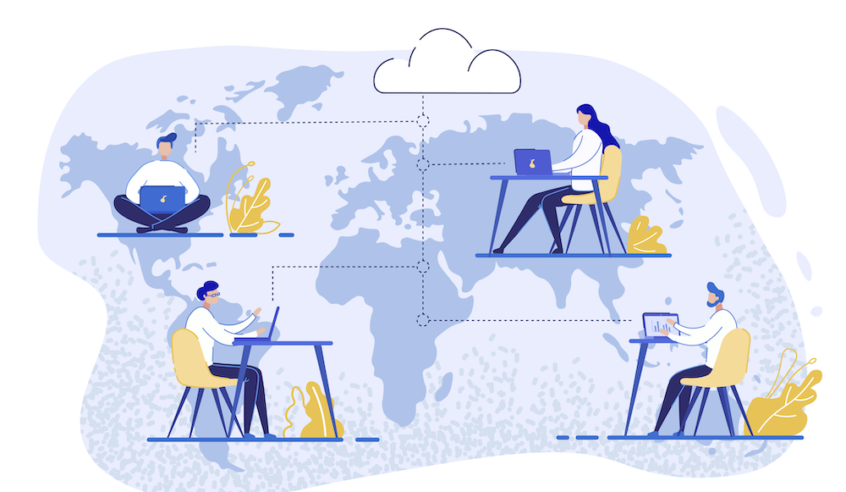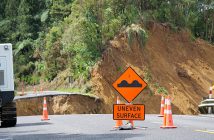 Over the past three years we’ve learned you can work from anywhere for many roles. Andy Cunningham, Senior Regional Director Australia and New Zealand at Autodesk, explores how this can be applied to the infrastructure sector
Over the past three years we’ve learned you can work from anywhere for many roles. Andy Cunningham, Senior Regional Director Australia and New Zealand at Autodesk, explores how this can be applied to the infrastructure sector

Digitalisation is part and parcel of the future of work and the cloud has generated ample opportunities for global collaboration that many companies in construction and infrastructure are only beginning to explore.
In context of incremental workshare, it’s certainly possible to hire talent based abroad to help with delivering construction and infrastructure projects. Many firms have been doing it for years, whether it’s to provide around-the-clock support for ongoing projects, roll-over during peaks, or general outsourcing.
The cloud makes tech and data very easy to share securely across borders.
But it ultimately comes down to the roles. Process-based scale work, including documentation and error checking, can be done anywhere, whether it’s through an international hire or this growing era of digital nomads travelling abroad while retaining local jobs.
When you get up to a creative designer and design lead, it’s far less likely. There’s a cross-over point where construction and infrastructure projects need a local flavour.
Meanwhile, we can’t neglect the distinctions between theoretical possibilities, and how those ideas are applied in everyday projects across New Zealand.
While hiring someone in Europe, the US or elsewhere to ease the impacts of the ongoing skills shortage, there are many challenges with ensuring effective collaboration with on-site personnel.
A major factor is education. For example, road design standards are different everywhere, so onboarding requires training to ensure local regulations are inherent to the design source. But what you can end up lacking is on-the-job, in-context training, including specific compliance and regulatory requirements, which can only be done to certain degree before that cross-over I mentioned earlier kicks in.
Bringing this type of skills development to the job site – remotely if needed using technology in learning and digital transformation in practice – has a significant impact in bridging resource and skills gaps across shores and borders. It will be instrumental in fostering technical skills tied directly to the evolution of construction and infrastructure work in New Zealand (and elsewhere).
Back in 2019, an Autodesk Foundation report quoted an industry expert who said, “Rather than taking away skilled work, technology has the potential to bring back craft to the industry that has lost craft”. That’s exactly what we are seeing starting to happen now.
Beyond finding international talent, we must also be mindful of the rich trove of skilled engineers and designers here in New Zealand that can – and should – be exposed to international projects. It’s a way to keep local talent here, while providing a route for continued skills development and understanding of ‘best practice’ and ideas from other talented people across the globe.








